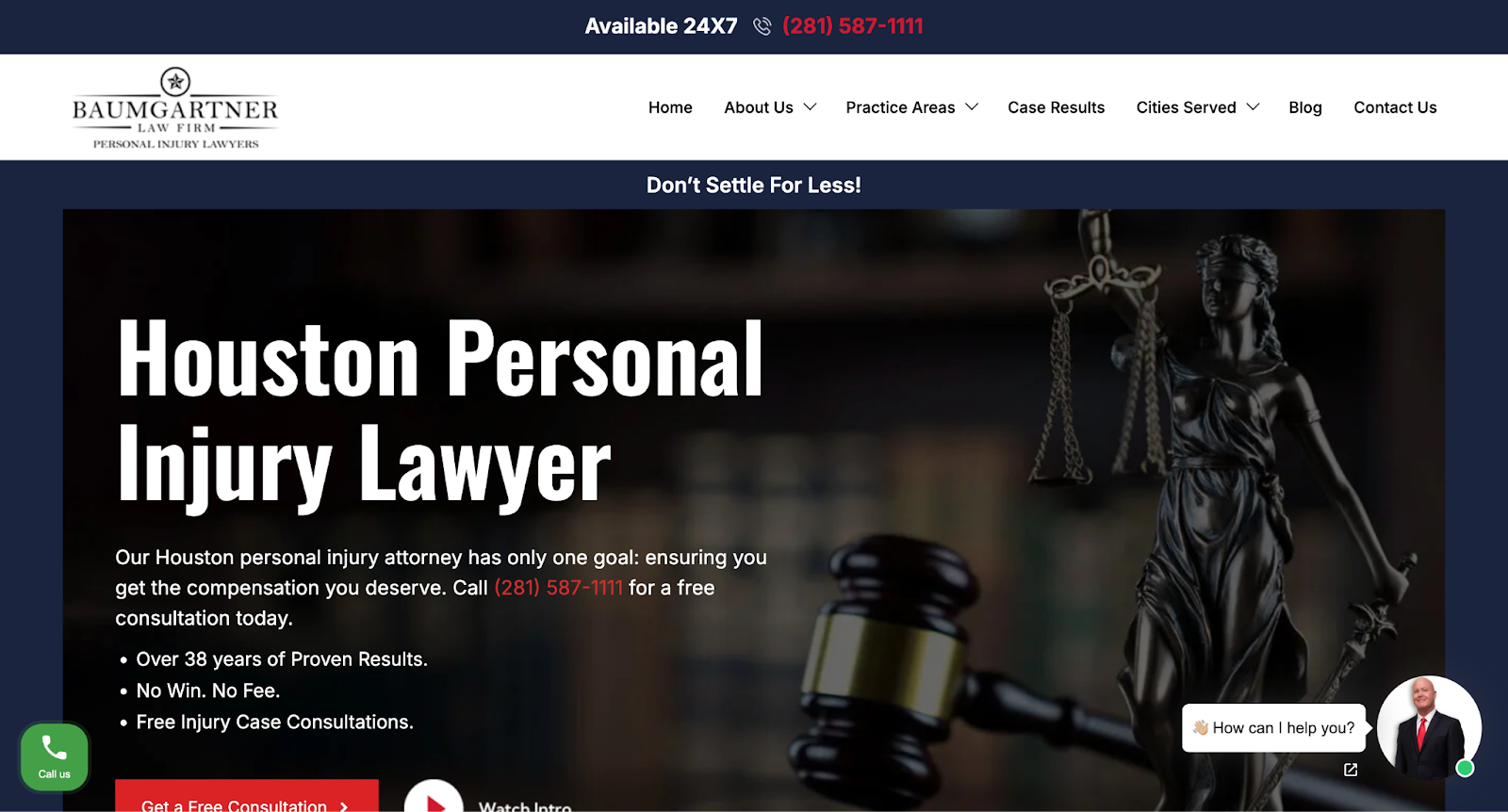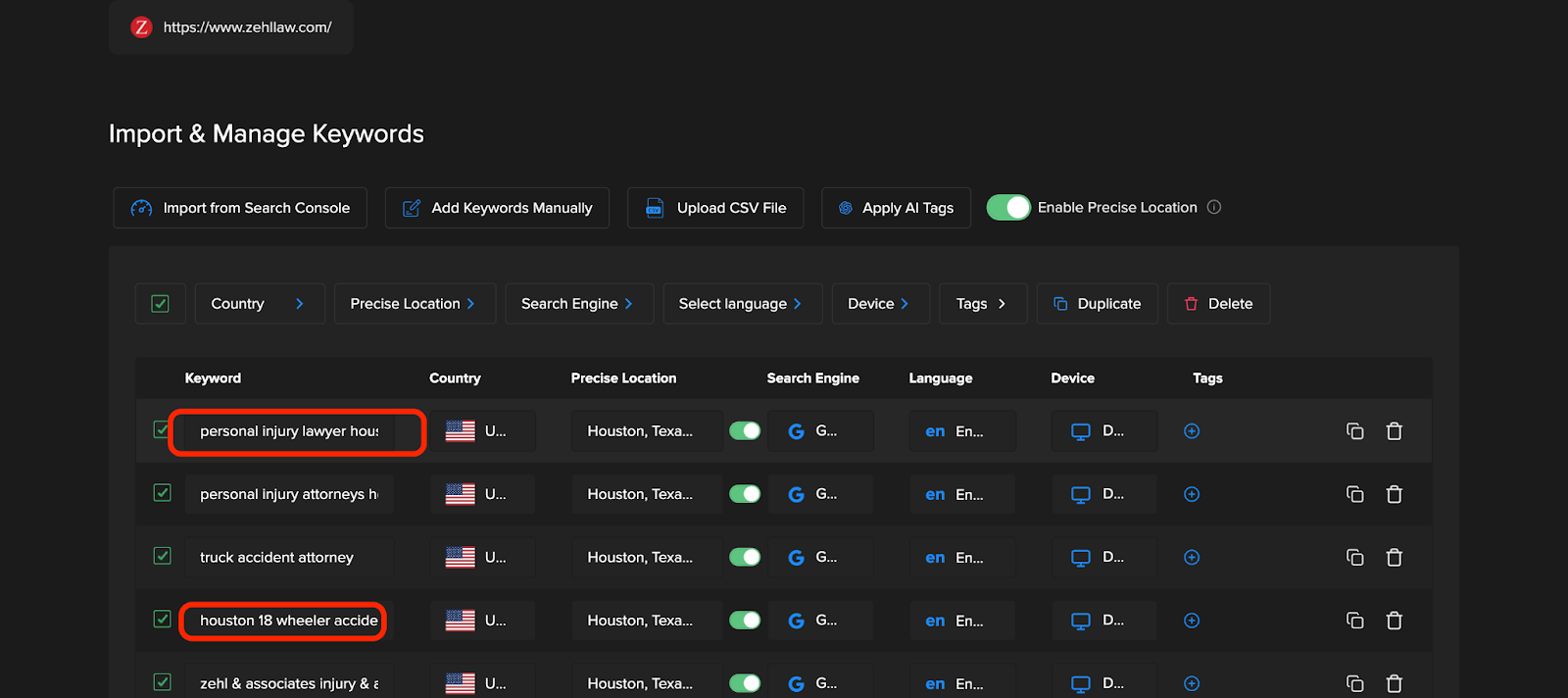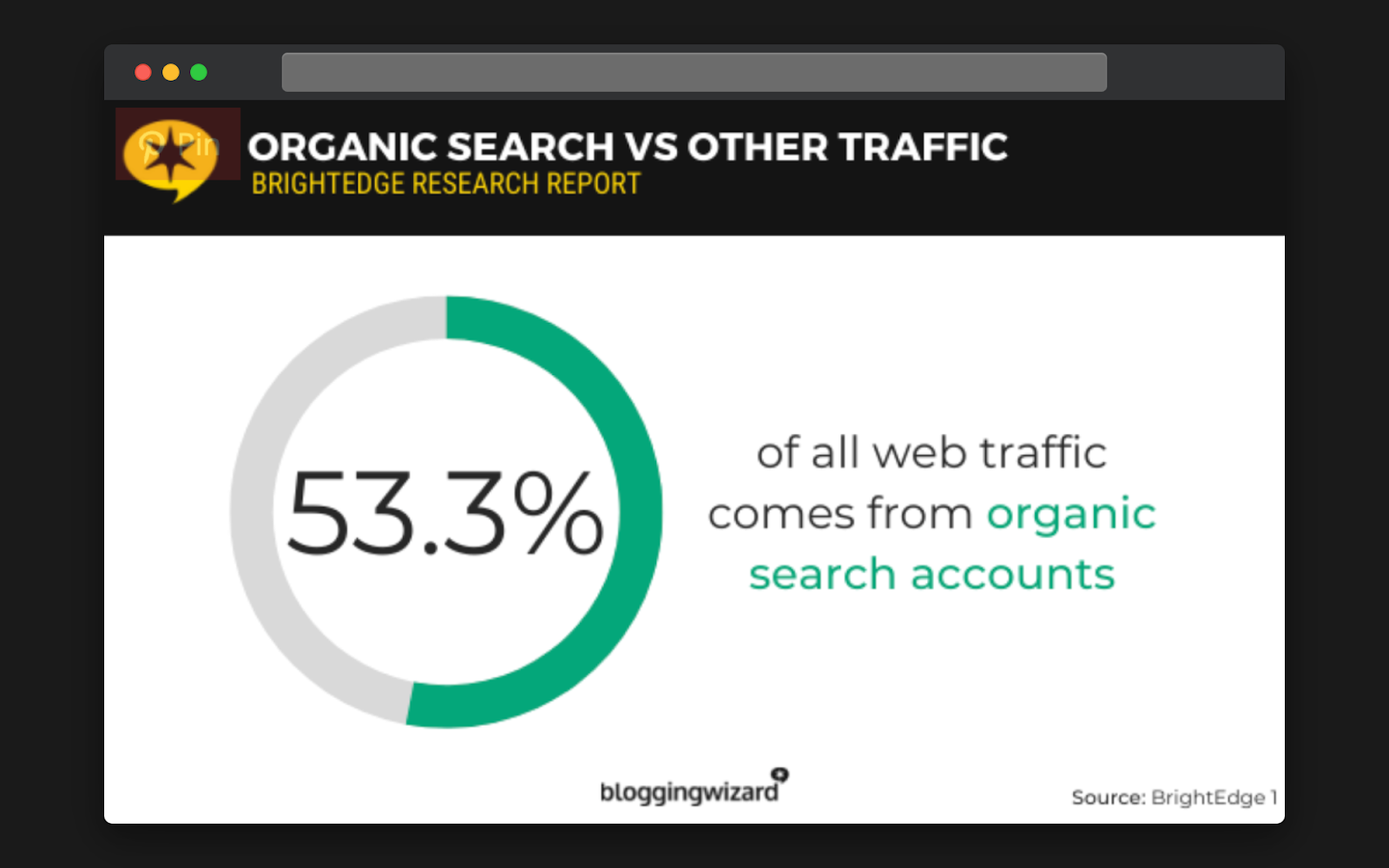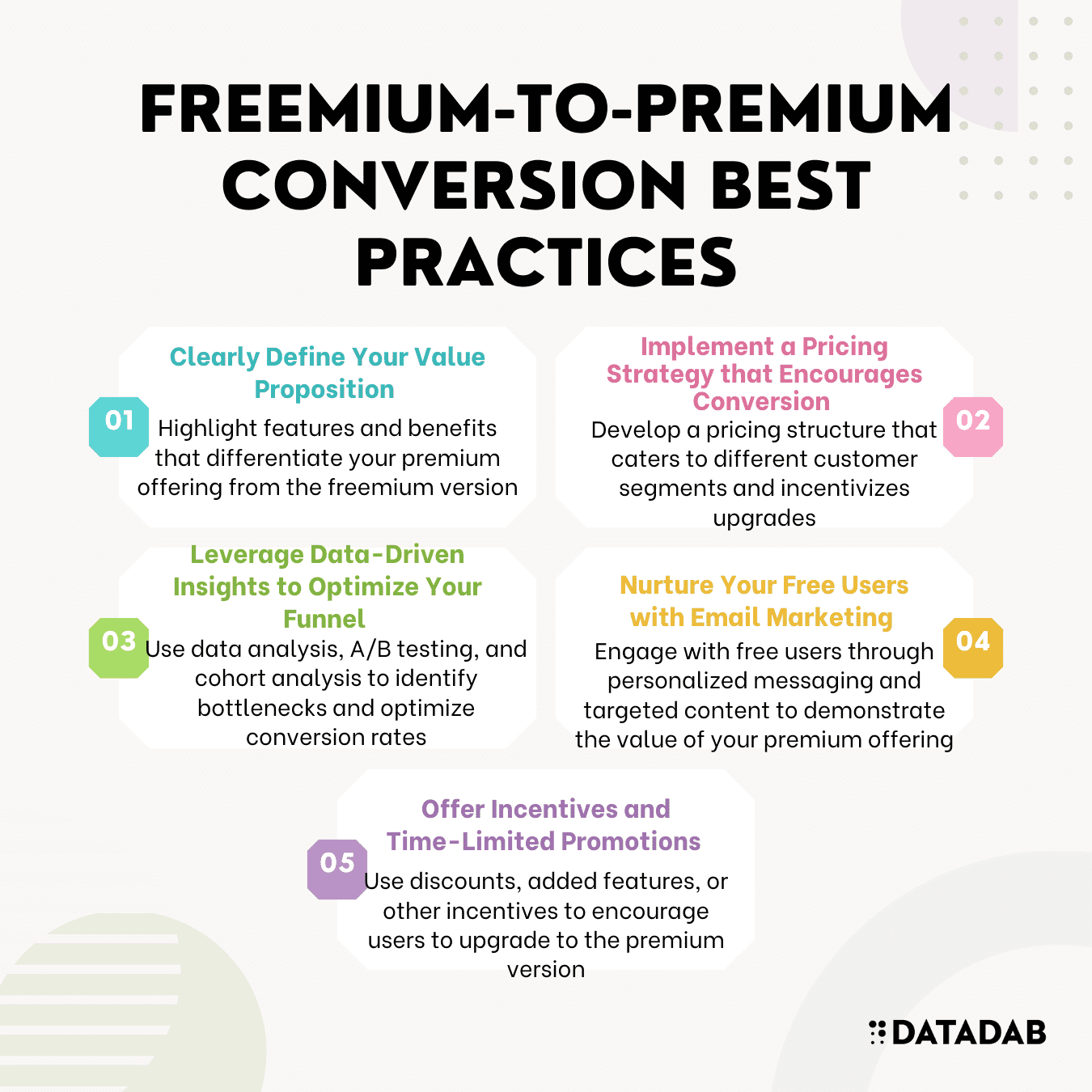Did you know that over 53% of all website traffic comes from organic search? Compare that to paid search, which only accounts for 27%.
SEO (search engine optimization) remains one of the best ways to attract loyal customers, whether you’re a start-up or have been in the game for a while. And it’s significantly cheaper than traditional, paid marketing.
So in this blog post, we’re going to discuss the five most essential SEO metrics to grow your SaaS business.
What Are SEO metrics?
SEO metrics are quantifiable measures used to assess the performance and effectiveness of a website’s search engine optimization efforts.
These metrics provide insights into various aspects of a website’s visibility, ranking, and organic traffic generation in search engine results pages (SERPs).
What Are the Key SEO Metrics You Should Keep an Eye On?
- Organic Traffic: The number of visitors who arrive at a website through unpaid (“organic”) search results.
- Keyword Rankings: The positions a website’s pages hold in SERPs for specific search terms.
- Backlink Profile: The quantity and quality of external links pointing to a website, influencing its authority and trustworthiness.
- Click-Through Rate (CTR): The percentage of users who click on a search result compared to the total number of users who viewed it.
- Bounce Rate: The percentage of visitors who navigate away from a website after viewing only one page, indicating the relevance and engagement of the content.
- Page Load Speed: The time it takes for a webpage to load, which impacts user experience and search engine rankings.
- Conversion Rate: The percentage of visitors who complete a desired action, such as making a purchase or filling out a form.
Analyzing these metrics helps SEO professionals understand the effectiveness of their strategies and identify areas for improvement. Doing so enhances a website’s visibility and performance in search engines.
How to Monitor SEO
Metrics.
Monitoring SEO metrics is all about having a process that works for you. Here are some ways you can create that process.
Use SEO Tools.
You can utilize SEO tools like Ahrefs or SEMrush to track your metrics. These tools allow you to perform website audits, track keywords and ranking positions, and suggest new keywords to target in the keyword discovery section.

You can use SEO tools like Ahrefs to track metrics, but SEO doesn’t work in isolation. Email marketing also plays a crucial role in nurturing leads and retaining customers. If you’re looking for a robust email marketing platform to complement your SEO efforts, consider exploring th se MailChimp alternatives to find the best fit for your business.
Set Up Goals and KPIs.
Define specific goals and key performance indicators (KPIs) aligned with your business objectives.
Examples of this in action
For example, tracking the conversion rate to customers would be beneficial if you are a business like Baumgartner Law Firm that focuses heavily on bringing in interest for legal services.

In simple terms, this is the percentage of your customers who move from a free consultation of your services to signing up for legal aid i.e., becoming a paid client.
Regularly Review Metrics.
Schedule regular reviews of your SEO metrics to track progress over time and identify trends.
Depending on your goals and the frequency of your optimization efforts, monitor changes in metrics weekly, monthly, or quarterly.
Some of the most common metrics to keep an eye on would be your overall organic traffic, your backlinks (especially if you are working on your backlink strategy), and your keyword ranking report.
Your strategy should dictate what sort of change you should expect in these metrics. For example, if you create more keyword-optimized content, you will see a boost in your organic traffic and the number of keywords you rank for.
If your number of backlinks increases, you would like to keep an eye on any keyword ranking boosts (going up on that search engine results page).
Don’t forget to include tracking your email, which helps measure outreach effectiveness. Your email marketing goes hand-in-hand with your SEO as your campaigns push customers toward your website.
Segment Data.
Segment your data to gain deeper insights into different aspects of your SEO performance.
Analyze metrics by traffic sources, device types, geographic locations, landing pages, and more to understand user behavior and identify areas for improvement.
Benchmark Against Competitors.
Compare your SEO metrics to those of your competitors to assess your relative performance and identify opportunities for optimization.
You could use tools like Ahrefs or SEMrush to examine your competitor’s keyword rankings and the sites from which they are receiving backlinks.
For example, if you see your competitor has tons of backlinks, you could look at the sites from which they are receiving the backlinks. This gives you a list of sites you could reach out to and work on to create relationships with.
If you see your competitor has tons of backlinks, you could look at the sites from which they are receiving the backlinks. This gives you a list of sites you could reach out to for potential collaboration. Developing strong partnerships is crucial in SEO, and focusing on building client relationships can help you foster connections that lead to valuable backlinks and long-term business growth.
Stay Updated with Algorithm Changes.
Keep abreast of search engine algorithm changes and industry best practices to adapt your SEO strategies accordingly.
Algorithm updates can impact your rankings and organic traffic, so it’s essential to monitor metrics closely during these periods.
Implement A/B Testing.
Conduct A/B tests to experiment with different optimization strategies and determine which approaches yield the best results.
Test variables such as meta titles, meta descriptions, content formats, and calls-to-action.
5 SEO metrics you should track as a SaaS business
When deciding what metrics to track, remember that the metrics you should track are subjective.
This means that it depends on your business and every business is different.
With so many metrics, ask yourself these questions:
- What are my long-term objectives?
- Am I trying to increase organic traffic or generate more leads?
- What is the final goal of my SEO campaign?
With that in mind, here are some popular metrics you can use to decide what is right for you and your business.
1. Organic search traffic
![]()
Organic traffic is a fundamental SEO metric that refers to the number of visitors who land on a website through unpaid, natural search engine results. When users conduct searches using platforms like Google, Bing, or Yahoo, they are presented with a list of results that match their query. Organic traffic comprises the portion of website visitors who click on these unpaid search results rather than clicking on paid advertisements.
This metric is crucial because it indicates the effectiveness of a website’s search engine optimization efforts in attracting relevant visitors.
High organic traffic suggests that a website’s content is relevant and valuable to users searching for specific information, products, or services. It also reflects the website’s visibility and ranking within search engine results pages (SERPs) for relevant keywords.
SEO professionals monitor organic traffic metrics using tools like Google Analytics to track trends, analyze user behavior, and measure the impact of optimization strategies. By improving organic traffic, SaaS businesses can increase their online visibility, attract more potential customers, and ultimately achieve their business objectives. Whether it’s generating leads, increasing sales, or expanding brand awareness.
2. Keyword ranking position
Keyword rank position indicates where a webpage appears in search engine results pages (SERPs) for a specific keyword.
It measures the visibility and competitiveness of a website’s content in relation to targeted keywords or phrases.
For instance, if a website ranks highly (e.g., in the top three positions) for a particular keyword, it is more likely to receive organic traffic from users searching for that term.
How do you track keyword ranking positions?
SEO professionals track keyword rank positions to evaluate their SEO efforts’ effectiveness and gauge their content’s performance in search engines.
Improving keyword rank positions involves various strategies, such as optimizing on-page elements (e.g., title tags, meta descriptions, headings), creating high-quality content, building authoritative backlinks, and enhancing user experience.
Monitoring keyword rank position also helps you determine which keywords are driving the most traffic and conversions, enabling informed decision-making for future SEO strategies.
For example, when it comes to SEO for lawyers, Houston-based law firms like Attorney Brian White would try ranking for queries like Houston law firm but also for terms like safest neighborhoods in Houston because your ideal client is also searching for terms that answer their legal questions.

If you are unsure of what keywords to target, focusing on competitor research would be a good place to start.
Going back to the Brian White example, if you wanted to find keywords to target for that firm, you could follow these steps:
- Find other law firms in the same locality (in this case- Houston).
- For Attorney Brian White, some of those competitors include Zehl & Associates.
- You could then look at the keywords that website is ranking for in Nightwatch.
- Make a list of some of the keywords they are ranking for. It would look something like this:

Using the keywords your competitors are ranking for as ideas, you could list keywords to go after.
3. Backlinks
A backlink—an inbound or incoming link—is a hyperlink on one website that directs users to another.
From an SEO perspective, backlinks are crucial because they serve as a vote of confidence or endorsement from one site to another. Search engines like Google consider backlinks as a signal of a website’s authority, relevance, and trustworthiness.
When a website receives backlinks from reputable and relevant sources, it can improve its search engine rankings, as search algorithms interpret these links as indicators of valuable content.
However, not all backlinks are equal—their quality and relevance matter. High-quality backlinks come from authoritative websites with strong domain authority and are relevant to the content they’re linking to.
Metrics such as the number of backlinks, referring domains, anchor text diversity, and the authority of linking domains are analyzed to understand the overall health of a website’s link profile.
Building a strong and diverse backlink profile through ethical and strategic link-building efforts remains a fundamental aspect of SEO.
4. Bounce rate
Bounce rate measures how many visitors exit a site after only viewing one page (and none others). A high bounce rate typically indicates that visitors are not finding what they are looking for or are not sufficiently engaged with the content.
A high bounce rate can be detrimental as it suggests that users are not finding the information they expect or that the content fails to meet their needs. This can negatively impact a website’s search engine rankings because search engines interpret high bounce rates as a signal of poor user experience or irrelevant content.
Lowering bounce rates through improved content relevance, clearer navigation, an engaging design, and faster page load times help engage your customers. This will mean increased time spent on the site, better search engine rankings, and more organic traffic.
5. Branded vs. non-branded searches
Branded and non-branded searches are two distinct categories used to classify the types of queries users enter into search engines like Google, Bing, or Yahoo.
Branded searches
Branded searches include specific brand names, trademarks, or variations of them.
For example, a user searching for Nike shoes or an Apple iPhone is performing a branded search.
These queries indicate that the user is already familiar with the brand and is likely looking for information directly related to that brand, such as its products, services, or official website.
Non-branded searches
Non-branded searches do not include any specific brand names or trademarks.
Instead, they typically consist of generic or descriptive terms related to a particular product, service, topic, or problem.
For instance, a user searching for running shoe reviews or smartphone comparison is conducting a non-branded search. These queries reflect broader interests or informational needs and may indicate that the user is in the early stages of research or decision-making, exploring options before committing to a specific brand.
Understanding the distinction between branded and non-branded searches is essential for SEO and digital marketing strategies.
Branded searches often indicate brand awareness, loyalty, or intent to purchase.
Non-branded searches offer opportunities to attract new audiences and address informational needs.
These searches come from users who may be shopping around between brands or learning more about a subject.
Wrapping it up
Monitoring crucial SEO metrics is the best way to maximize your efforts and see real results.
And as a SaaS business, you now know what you need to see these metrics climb.
To begin, you could take a step back and evaluate your business goals. Are you trying to increase organic traffic? Bring in more leads? Increase brand awareness?
Once you know your goal, you can focus on figuring out what metrics you should track to keep track of your progress.
Author: Freya Laskowski
Freya Laskowski is the founder of SERPManiac, an agency focused on helping brands scale their organic growth with content marketing and SEO services.
She is a quoted contributor in online publications like Business Insider, Fox Business, Yahoo Finance, and the Huffington Post. She also owns CollectingCents– a personal finance blog that she grew from the ground up.




































